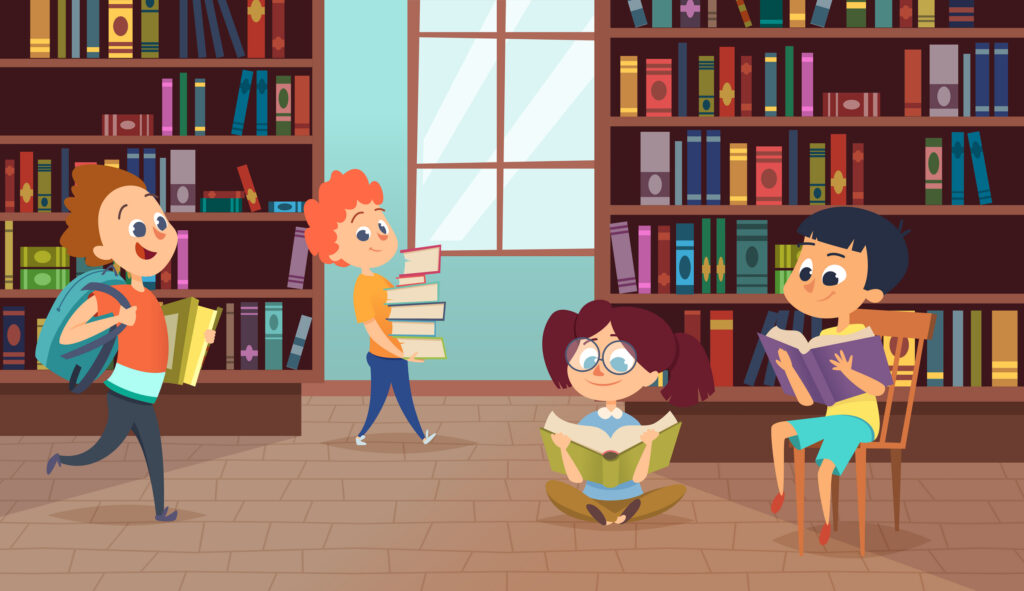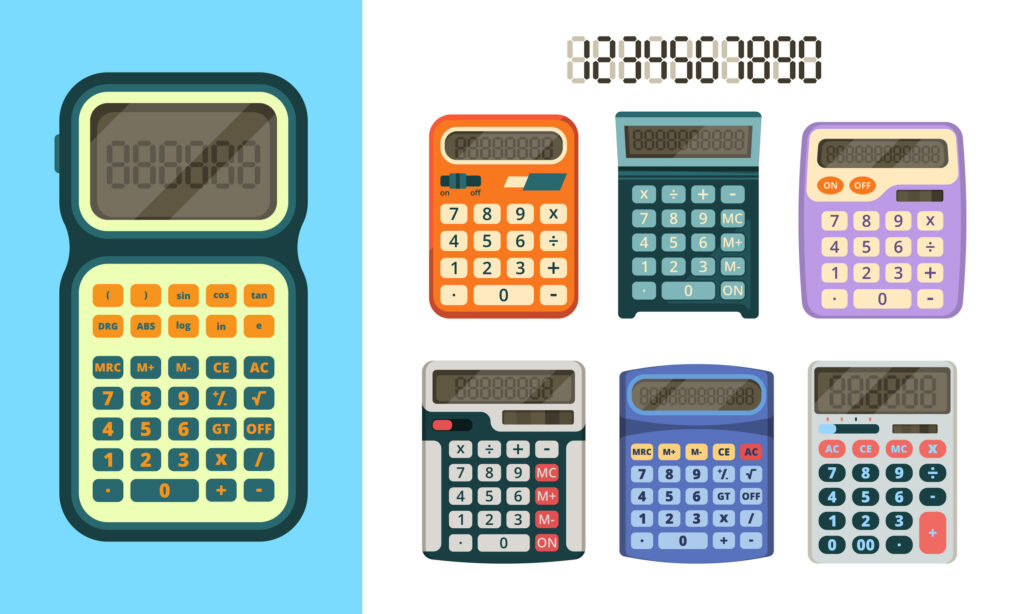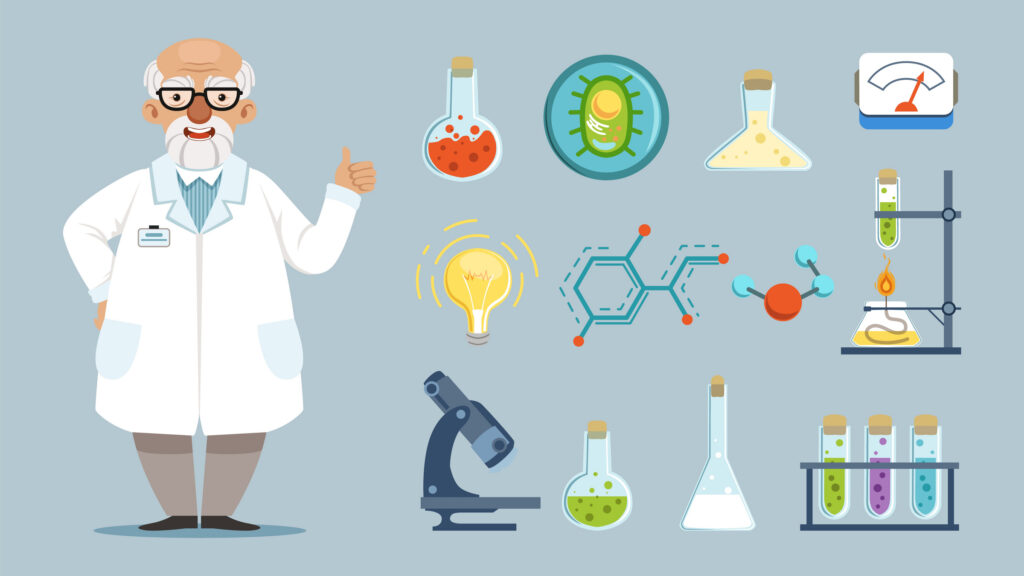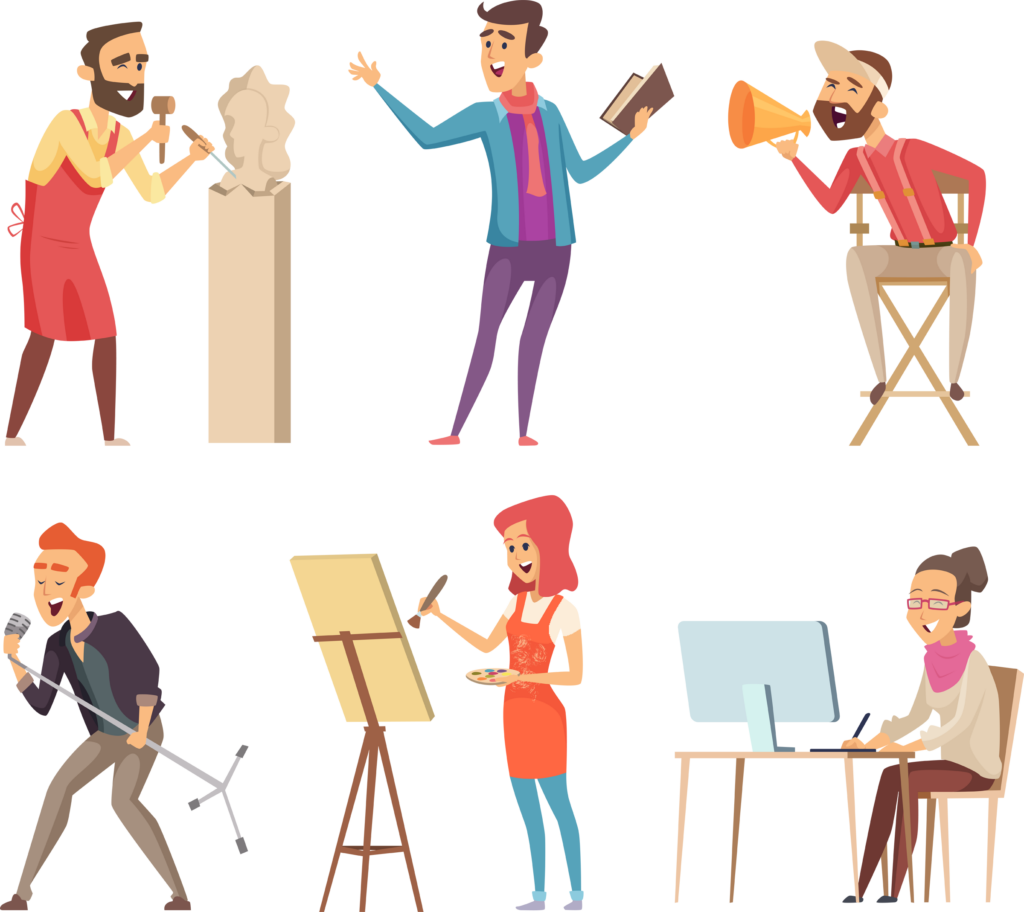
In the multifaceted world of education, one constant remains – the need for effective teaching tools that enhance understanding and retention of information. Among the most powerful of these tools are visual aids. This article examines the benefits of using visual aids in the classroom and homeschooling setups, outlining practical recommendations for various class subjects. As we delve into the world of visual pedagogy, you’ll be equipped to make informed decisions on how best to enrich your children’s or students’ learning experiences.
The Benefits of Visual Aids in Education

Visual aids are not simply appealing add-ons in the learning process. They serve a deeper, more influential purpose. According to MIT News, years of research has consistently demonstrated that the human brain processes visual information significantly faster than text. But what are the real benefits when we apply this knowledge to education?
Facilitates Understanding: Complex concepts often pose a challenge to students. Diagrams, flowcharts, or animated videos can break down these concepts into manageable parts, promoting better comprehension.
Improves Retention: Studies show that people remember 80% of what they see, compared to only 20% of what they read. In other words, a well-placed clipart or infographic can aid memory retention.
Engages Learners: Visual aids pique students’ interest, encouraging active participation. Interactive tools like virtual labs or 3D models can bring abstract topics to life, especially in science and technology subjects.
Supports Inclusive Learning: Visual aids can be especially beneficial to students who have learning differences or struggle with traditional textual instruction. They serve as an equalizer, helping all students grasp the content regardless of their learning style.
Suggested Visuals for Various Class Subjects

While the effectiveness of visual aids is well established, their implementation can be subject-specific. Here are some suggestions for visual aids across a range of class subjects.
Mathematics:

In Mathematics, abstract concepts and numeric relationships can often be better understood when visualized. Geometric shapes can illustrate properties of different figures, number lines can demonstrate the relationships between numbers, and graphs can depict trends or relationships between variables. Furthermore, interactive platforms such as virtual whiteboards facilitate problem-solving exercises, allowing students to visually track their process.
Science:

Science, by nature, is a subject of exploration and discovery. Diagrams help represent biological systems, physical structures, or chemical compositions. 3D models and animations can significantly enhance understanding of spatial structures and dynamic processes that are otherwise challenging to grasp from static text. For instance, a rotating 3D model of a molecule can be more informative than a flat diagram.
History:

History is a narrative of chronological events and geopolitical changes. Timelines offer a clear visual representation of when events occurred in relation to one another, aiding students in understanding the sequence of historical happenings. Historical maps can show geographical shifts over time, illuminating the story of human civilization’s growth and migrations. Infographics can effectively summarize historical data or societal structures, highlighting key points and reducing cognitive load.
English/Literature:

In English and Literature, understanding of narrative structures, character development, and thematic elements is crucial. Mind maps can be employed to outline plot points or track character arcs, helping students visually organize their thoughts. Word clouds can display the frequency of words in a text, offering insights into dominant themes or character attributes. Storyboards can illustrate the sequence of events in a story, making the narrative more tangible and easier to remember.
Art:

Art is inherently visual, and visual aids here can be quite diverse. Digital galleries enable exploration of various art forms, styles, and periods. Color wheels help in understanding color relationships and theory, which are fundamental in creating visually appealing art. Clipart can be used to study different design elements and principles, as well as serve as inspiration for students’ own creations. Sites like Clipart offer an array of images that can be used in art instruction and practice.

Embracing visual aids in education is a pivotal step towards engaging, inclusive, and effective learning. It transcends traditional methods, allowing educators and parents to adapt to individual learning styles. By choosing appropriate visual aids for each subject, we can help students navigate the academic journey with increased understanding, curiosity, and retention. Remember, the choice of visual aids is not about replacing text but about enhancing and enriching the learning experience. Explore, experiment, and unlock the power of visual learning!




